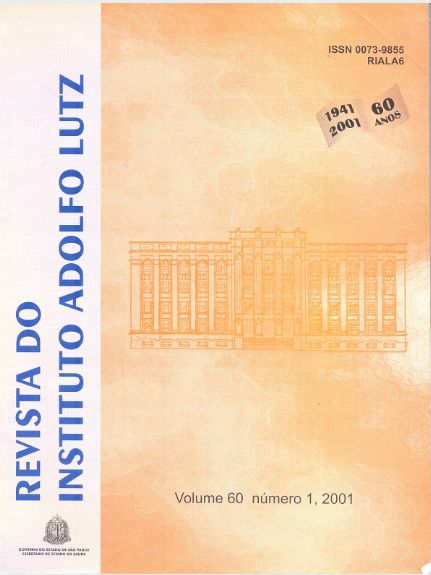Abstract
Analytical results that did not go through a validation process lack any value. The present review focus into steps for chromatography labs but some times neglected and that are essential for obtaining reliable analytical results: use of validated analytical methods and how to validate analytical methods, confirmation of identity of analytes, choice of adequate confirmation methods, routine use of reference materials and recovery tests for analytical quality control and participation in proficiency tests.
References
1. AOAC International. Official Methods of Analysis of the AOAC International, 16ª edição, 3ª revisão, Gaithersburg: AOAC International; 1997.
2. Caulcutt, R.; Boddy, R. Statistics for analytical chemists, 1ª edição, Londres: Chapman and Hall; 1983, 253 p.
3. Codex Alimentarius Commission. Criteria for evaluating acceptable methods of analysis for Codex purposes, Codex Committee on Methods of Analysis and Sampling, Documento CX/MAS 98/5, 1998.
4. Collins, C.H.; Braga, G.L.; Bonato, P.S. Introdução a métodos cromatográficos, 6ª edição, Campinas: Editora da Unicamp;1995, 279 p.
5. De Ruig, W.G.; Stephany, R.W.; Dijkstra, G. Criteria for the detection of analytes in test samples. J. Assoc. Off. Anal. Chem., 72: 487-490, 1989.
6. Engelhardt, H. High performance liquid chromatography. Saarbrucken: Springer Verlag; 1979.248 p.
7. Garfield, F.M. Quality assurance principles for analytical laboratories, 3ª edição, Arlington: AOAC International; 1991, 196 p.
8. Horwitz, W. Protocol for the design, conduct and interpretation of collaborative studies. Pure Appl. Chem., 60: 855-867, 1988.
9. Horwitz, W. International coordination and validation of analytical methods. Food Add. Contam., 10: 6169, 1993.
10. Horwitz, W.; Kamps, L.R.; Boyer, K.W., Quality assurance in the analysis of foods for trace constituents, J. Assoc. Off. Anal Chem., 63: 1344-1355, 1980.
11. ISO (International Standardization Organization). Acreditation of laboratories, ISO Guide 25, Genebra, 1990.
12. Poole, C.F.; Poole, S.K. Chromatography today. Amsterdam: Elsevier Science Publishers; 1991. 1026 p.
13. Scott, P.M. Methods of analysis for mycotoxinsan overview. In: Rossel, J.B.; Pritchard, J.L.R., editors. Analysis of oil seeds, fats and fatty foods. London: Elsevier Applied Science; 1991. p.141-184.
14. Snyder, LR.; Kirkland, J.J. Introduction to modern liquid chromatography. New York: John Wiley and sons; 1974. 534 p.
15.Wernimont, G.T. Use of statistics to develop and evaluate analytical methods. Arlington: Association of Official Analytical Chemists; 1985, 183 p.
16.Wood, R. Progress in developing European statutory methods of analysis. In: Gilbert, J., editor. Progress in food contaminant analysis. London: Blackie Academic and Professional; 1996. p. 368-416.

This work is licensed under a Creative Commons Attribution 4.0 International License.
Copyright (c) 2001 Instituto Adolfo Lutz Journal
